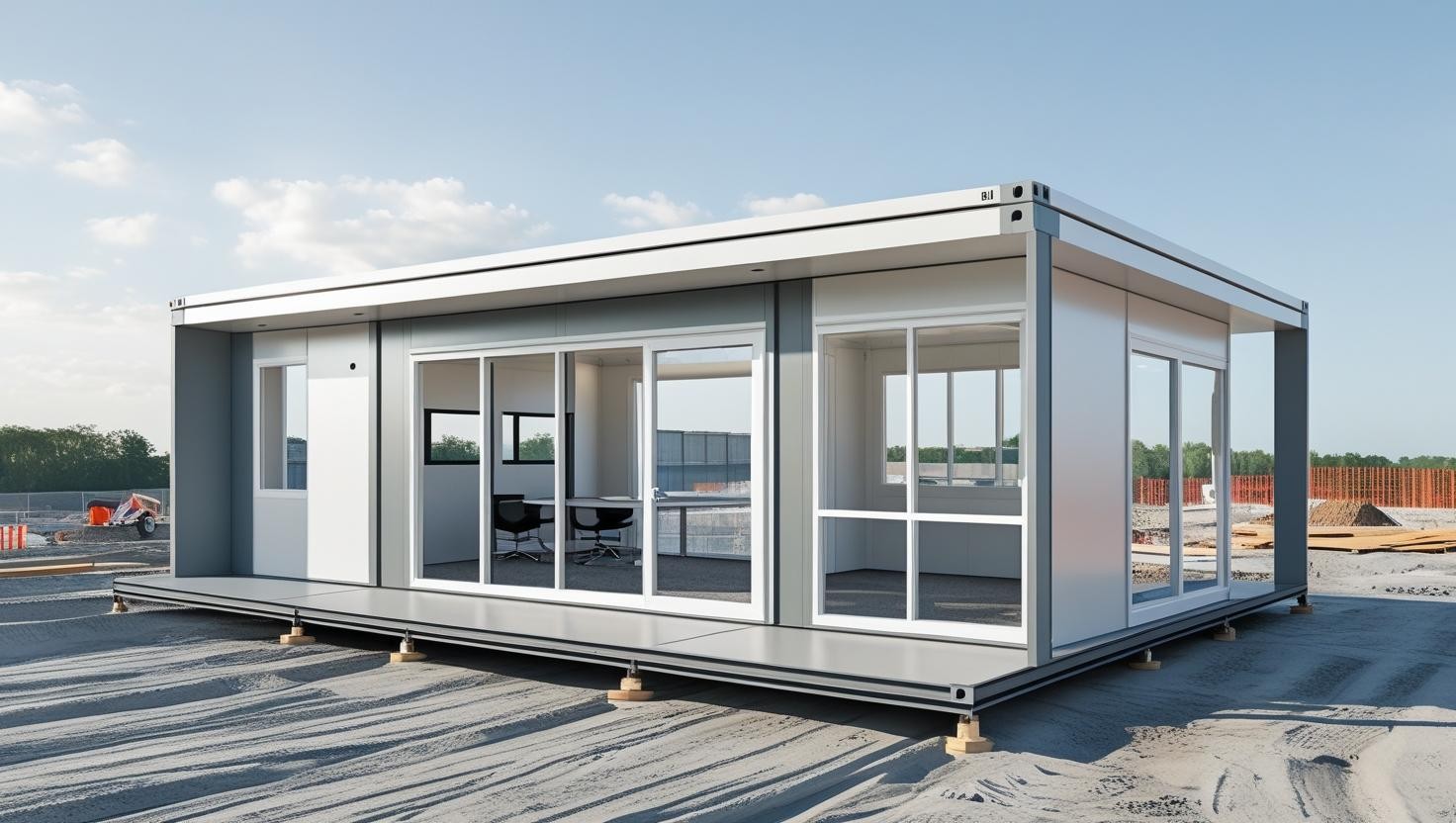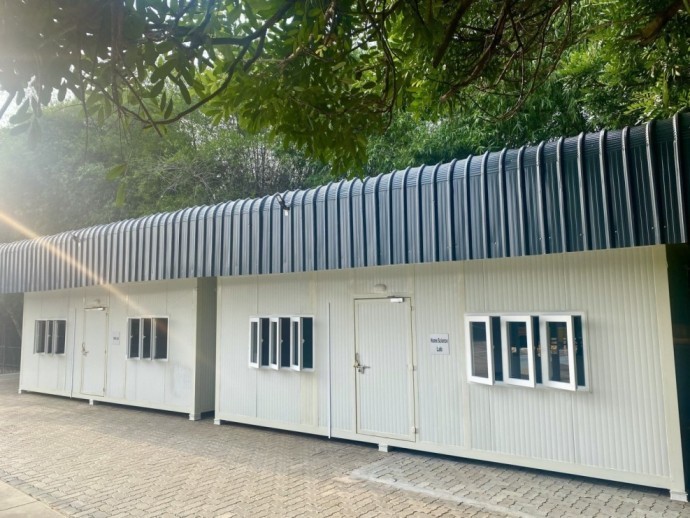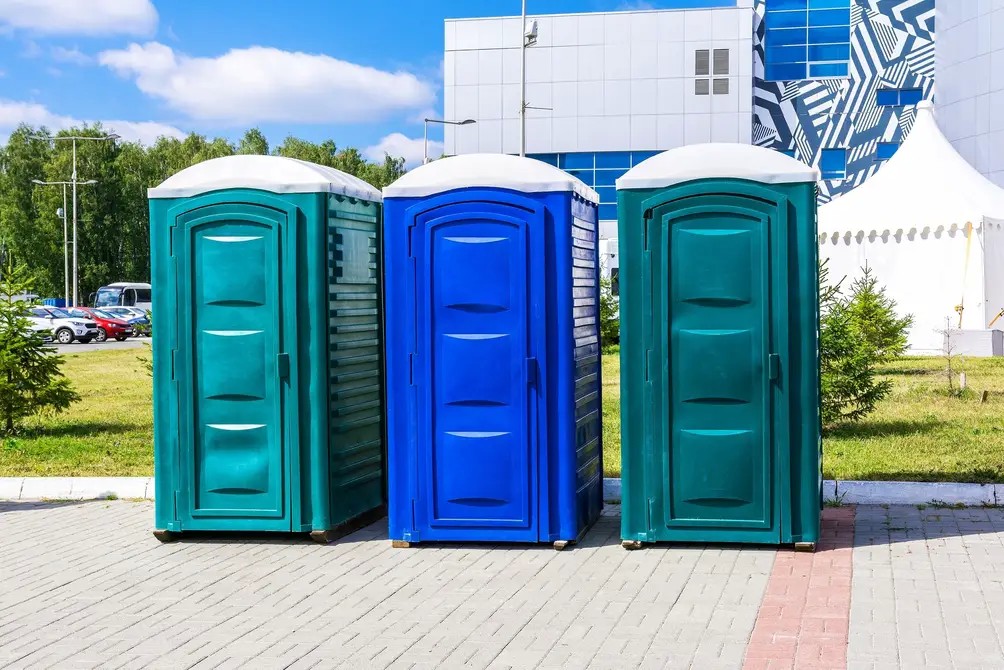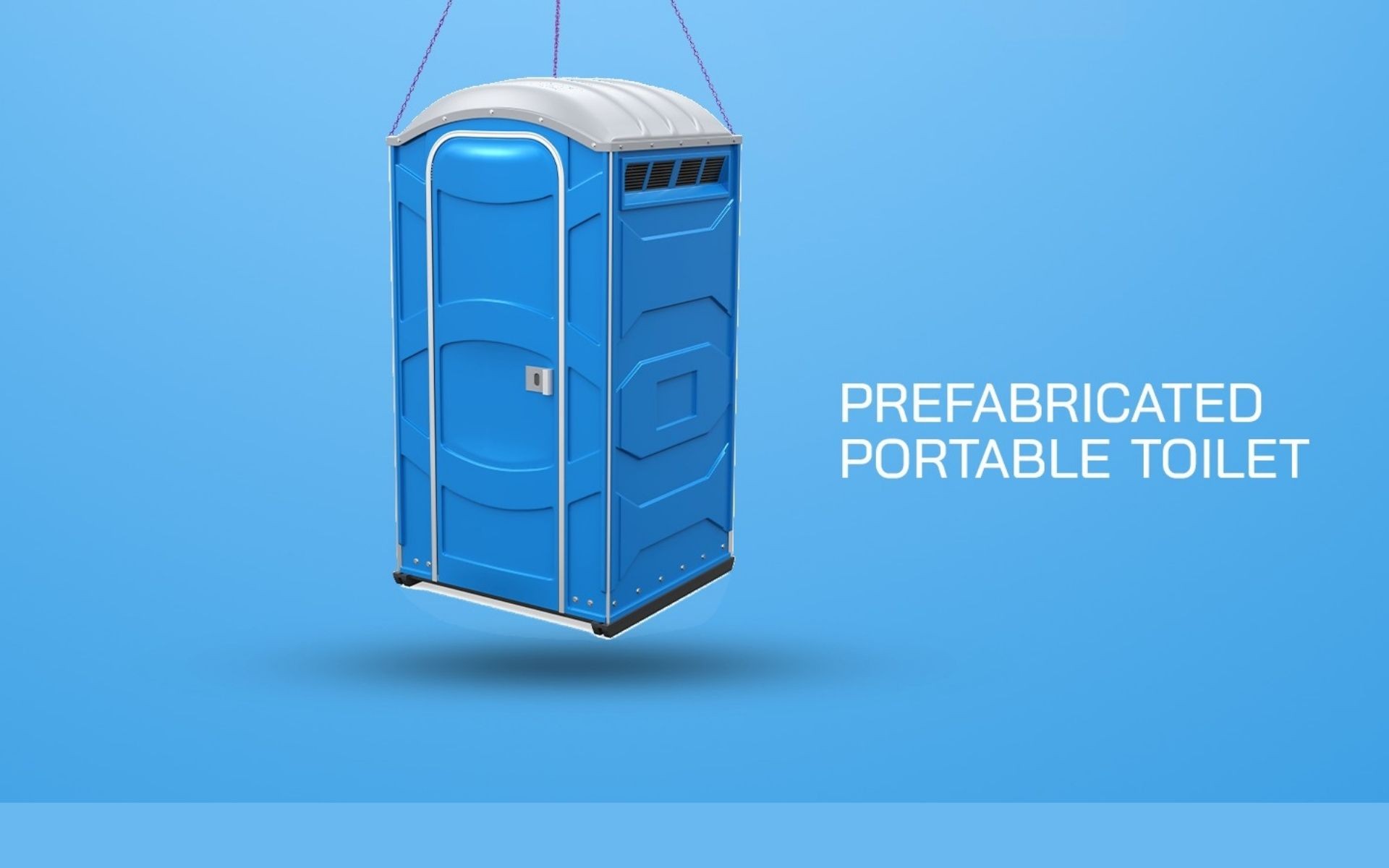Why Modular Prefab Homes is Popular in Urban Area
65cf65f046eed.webp)
When it comes to construction of buildings and homes, not all locations are appropriate for traditional construction works. This is where Modular prefab homes and cottages come to the forefront. For people wishing to construct a new home or vacation property in locations where traditional construction is not possible, Modular prefab homes and cottages provide the right solution.
Modular prefab houses and cottages not only work well in difficult locations but also have a quicker construction schedule. By enabling simultaneous tasks at the factory and on-site preparation, off-site construction shortens the overall project duration. Because of this, modular prefab solutions are a cost-effective option for people who want to finish their dream homes or vacation retreats on time without sacrificing the quality or design.
Introduction to Modular and Prefabricated Home Construction
The same materials and methods used in conventional on-site construction are used to build the prefabricated structures off-site in a factory. They are not the same.
They are then transported to the construction site and assembled on a foundation.
Globally, now-a-days, prefabricated and modular construction is becoming increasingly popular, providing an inventive approach to address its urban housing problems. They are leading the way by integrating sustainable architecture with a smaller carbon footprint, creating a more sustainable urban area.
In fact, due to the increasing urbanization and population growth, there are various housing challenges in urban areas. Modular prefab homes can help because they provide an efficient and sustainable solution by increasing the speed of construction. This has less adverse effect on the environment, giving urban people access to housing for less pricing.
Useful link: What is the Difference Between Prefabricated and Modular Construction
There are various reasons for the increasing popularity of modular prefab homes. Here are some key factors contributing to the popularity of modular prefab homes in urban areas:
Limited construction impact:
The construction of modular prefab homes and cottages has little effect on the surrounding environment because they are built off-site. Because of this, they are an excellent option for delicate locations like wilderness or wildlife preserves.
Modular prefab homes not only protect the environment during construction but also have sustainable and energy-efficient features that lessen their long-term impact on the ecosystem. These homes are a responsible option for individuals who value living in harmony with the environment because of their efficient construction methods and use of eco-friendly materials.
Useful link: The Advantages Of Prefabricated E-Houses Over Concrete Substations
Quick and easy assembly:
One of the primary factors contributing to the surge in popularity of modular prefab homes in urban areas is the speed of construction. When compared to other traditional methods of construction, like on-site construction, modular prefab homes can be assembled much more easily and faster. Thus, it creates less disturbance and less impact on the surrounding environment.
Modular prefab homes serve as an ideal and sensible option for cities where quick building methods are preferred, since their quick and effective assembly of materials helps to reduce construction-related disturbances in the neighborhood. This quicker construction pace makes sure that there is a smooth balance between speed and structural integrity without sacrificing quality.
Useful link: Building Materials Used for Modular Construction
Customization options:
Just because a modular prefab house or cottage is prefabricated, it doesn’t mean all prefab homes look the same. With the customization options available by modular prefab companies, you can create the unique house or cottage of your dreams.
These customization options help homeowners to display their unique styles and desires, converting a prefabricated modular building into a unique home of their choice. The flexibility in design ensures that your ideal home is unique and customized to fit your lifestyle, from floor plans to finishes.
Useful link: The Advantages Of Getting Temporary Room Setup Done Using Prefabricated Structures
Adaptability to climate:
Another notable advantage of modular homes is that they adapt to various climates and terrains. Climate change always presents particular difficulties for traditional buildings since right construction is impossible in areas with high rainfall and mud. Modular homes, however, can be made to withstand these circumstances by design and construction.
In addition to this, we can also instill energy-efficient features into modular homes to ensure their sustainability and to lessen their impact on the environment. Because of their climate adaptability, modular prefab homes are seen as an eco-friendly option that can withstand harsh weather conditions. For this reason, modular prefab homes are a good and forward thinking choice for people who want to live sustainably and be adaptive to climate changes.
Sustainability:
In addition to this, modular prefab homes are more eco-friendly than traditional building techniques. This is because, only less waste is produced in the controlled factory environment, and also, prefabricated modules can be recycled and repurposed when their useful lives are over.
Additionally, modular prefab homes have an eco-friendly profile that is enhanced by their energy efficiency, which frequently outperforms that of traditionally built homes. These houses are a responsible option for those who care about the environment because they combine cutting-edge building methods and sustainable materials to meet modern environmental goals.
Economic Implications and Affordability:
Modular prefab homes provide various opportunities for cost savings, during construction as well as during upkeep. As a result of the controlled factory environment, construction costs are lowered and waste creation is minimized. Furthermore, modular homes provide affordable housing options for urban dwellers, and this is a reason for its gaining popularity.
These homes can accommodate a range of income levels by streamlining the construction process and using sustainable materials, resulting in a more sustainable and inclusive urban environment.
Furthermore, the majority of modular homes are built using sustainable materials, which reduces maintenance costs and encourages a net-zero lifestyle.
Large-scale production of these homes has the potential to lead to economies of scale and further reduce costs.
Useful link: Why Prefab Solutions are Ideal For Schools In Rural Areas
Embrace Sustainable Living:
There's no doubt that prefabricated and modular homes offer an effective and sustainable answer to urban housing problems. People can help build a more sustainable future by adopting net-zero lifestyles and sustainable architecture. Prefab and modular homes provide an affordable and useful way to live sustainably, whether it's through lowering carbon footprints, preserving resources, or creating a healthier living environment.
In summary, the popularity of modular prefab homes in urban areas can be attributed to their efficiency, cost-effectiveness, sustainability, adaptability, and ability to address the unique challenges posed by urban living and development. Look into the many prefabricated and modular housing options available and familiarize yourself with their advantages before starting this sustainable journey. Adopt a sustainable lifestyle that is in balance with the environment to help create a more environmentally friendly urban space.
A number of successful modular housing projects have established themselves in major cities, such as Jakarta, Bangkok, and Kuala Lumpur. All across the world, many people aspire to own a single-family home, and modular housing makes it accessible. Positive experiences have been reported by the residents of these modular homes, who highlight the convenience, effectiveness, and enhanced standard of living that come with eco-friendly and flexible living spaces.
Useful link: How Long Does A Prefab Structure Last
Your Requirements
Related
Blogs





















6790c3d8f29a2.jpeg)




























65cf4d38697f9.webp)













64afe3444467b.jpeg)












 site office front view622f00119ba65.jpg)

6349487807893.jpeg)